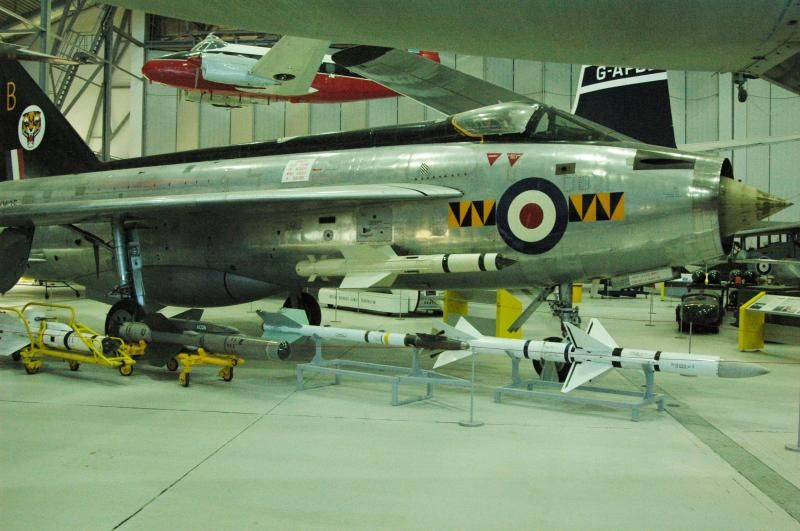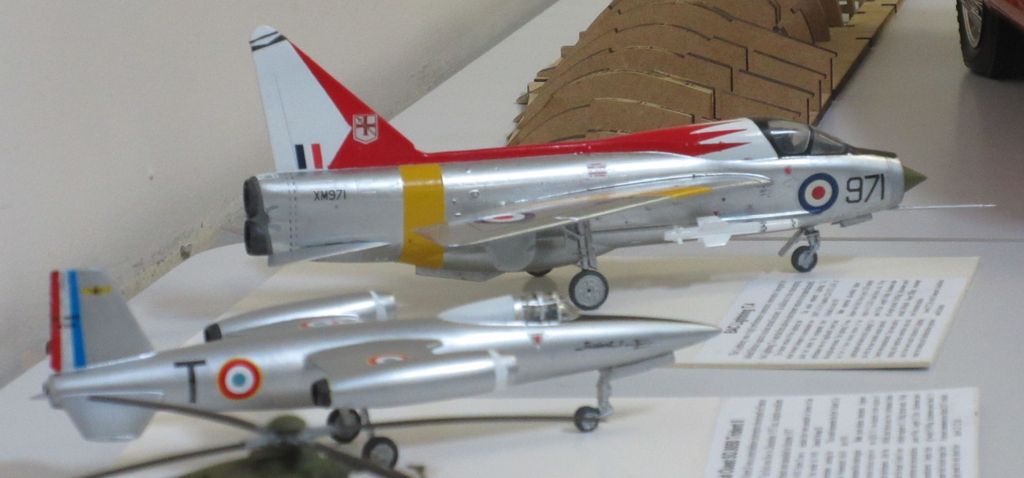I’m old enough now to remember when the first Lightning kit, the Airfix 1/72 Lightning F.1A in 111 Squadron markings, was released. I made it the moment I got one, but even then I thought it was a poor kit, but it was all there was. I also thought the 111 Squadron markings were a bit drab so I hand painted mine as flying with 56 Squadron, the Firebirds, which must have been an appallingly poor job since hand painting was and is not my strength. I thought it was wonderful, but I was not tempted to make another one because of the kit quality.
Next cane the Hasegawa Lightning F.6 which appeared here in a Frog boxing. I was not impressed with it either though I must have made one. I see that Hasegawa are still using this moulding in more recent releases and the Airfix Lightning was re-released several times, latterly as a F.3 with the square tail fin. Neither of them interested me so my interest in making lots of Lightnings went on hold.
The Matchbox F.6 may have had all the faults of every Matchbox kit but it did, at least in my eyes, look like a real Lightning. I made several of them in late F.6 colours using Modeldecal decals. They looked resplendent in their multi-tone grey schemes but the F.6 and the earlier F.1s, F.2s and F.3s look quite different in many ways and it would have been very difficult to convert the Matchbox kit back to those versions. Matchbox also released a Lightning T.55 which had the fuselage of a Lightning T.5 and the wings of a F.6. It would have also been very difficult to convert it back to a RAF T.4 or T.5. So, although I had collected a large number of aftermarket decals for Lightnings by this time, there still weren’t kits that made it possible to make every version of the Lightning, so I waited for the day when better kits might come along.
Trumpeter have now released kits of all the fighter versions of the Lightning in kits for the F.1A/F.2, the F.3 and the F.6/F.2A (which only needs new decals to make the export F.63). They are far from perfect, particularly in their rendition of the wing leading edge and around the tail, but they had the convincing and purposeful look of a Lightning so I began collecting these kits when I found them in shops. From one shop I ordered six F.3s and the salesman looked at me as though I was not quite right in the head.
There still remained the problem of the Lightning trainers; T.4, T.5 and T.55. Aeroclub had made vacformed conversion parts to turn an Airfix F.1A into a T.4 but that was not an attractive option. The solution came in the form of Sword kits for both the T.4 and T.5 which are, in many ways, more accurate than the Trumpeter kit, but are also more difficult to make. They have, I understand, also released a kit of the F.3 but I haven’t seen it so I can’t comment on it. More recently Airfix has released kits of the F.6 and F.2A which appear to be superior to the Trumpeter and Sword kits. However, until they release a new version of their ancient F.1A it will remain very difficult to make those earlier versions from their kits.
Following that wordy introduction, here are some photos. When the project is completed there should be over thirty Lightning models. The reason for this is that I wanted to show the Lightning in the markings and colours of all the units that flew it. The wide range of available decal sets makes it possible to model all the units except for the Empire Test Pilots School, and that will not be difficult to custom make marking for it.
To begin, a model of where the Lightning began, the English Electric P.1a. This model was made using an Aeroclub vacform fuselage and everything else from a Trumpeter F.1A kit.

I’m not a great fan of ‘what if’ models but I couldn’t help myself on this occasion, using an old Airfix F.1A kit and various bits and pieces for the French markings. You see, it is a little known fact that as the French were trying to settle on the fighter that they would develop to fill the role finally taken by the Mirage III, they bought one Lightning from English Electric to try out and named it Eclair (French for Lightning). Of course, the Eclair won the competition but, equally predictably, the French also chose to adopt the Mirage III instead and the sole Eclair drifted off into the mists of history.
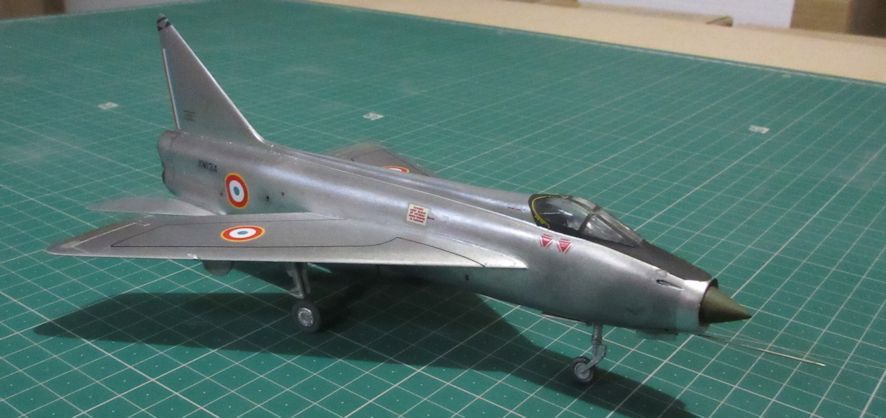
Next a set of Lightning F.1s which were the first Lightnings to enter service. As well as serving with a couple of front line squadrons, Lightnings also went to a wide range of second and third level units to help them adopt to the entry of Lightnings into RAF. It is not difficult to convert a F.1A kit back to a F.1. The only significant external differene is that the cable ducts down the lower fuselage sides did not appear on the F.1 so all you have to do is remove them, and there you have a F.1
XG331 was a pre-preduction F.1 which was test flown by English Electric (where it probably got its gaudy orange dayglo scheme) before being handed over to the RAF where it flew for the AA&EE in late 1961.
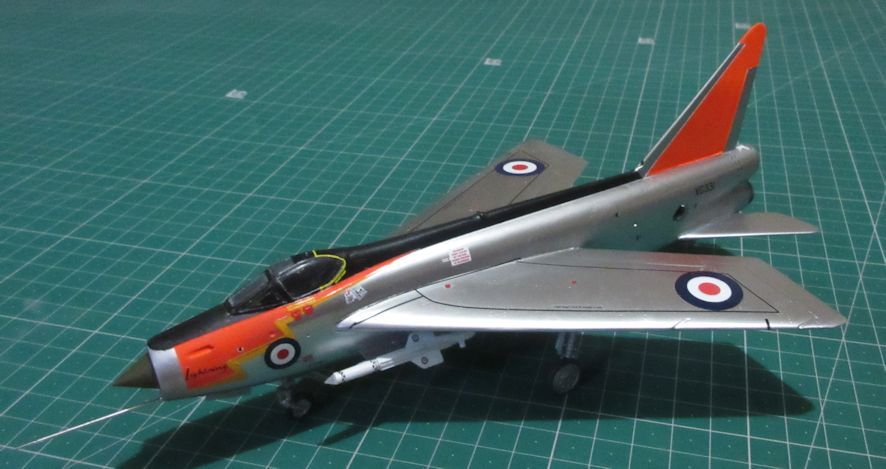
XM135 was the first production Lightning F.1. It began its service life with 74 Squadron which was the first front line RAF unit to fly the Lightning.

XM137 went to the Air Fighting Development Squadron where it was used to help develop the operational tactics and procedures for the Lightning.
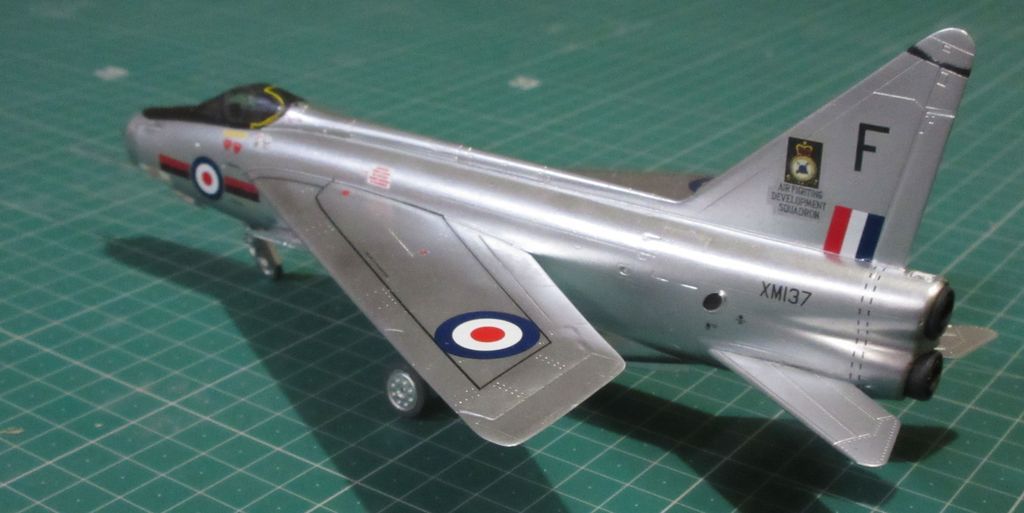
XM139 went to the Leuchars Target Facilities Flight in 1967. The Target Facilities Flights used Lightnings as radar interception targets for Lightning squadrons since only Lightnings could fly high and fast enough to serve as realistic targets for squadron pilots to practice on.
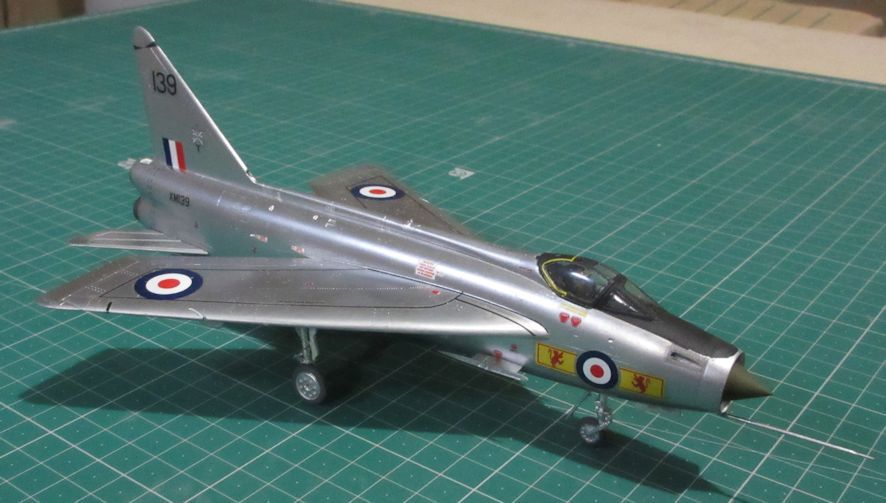
XM144 went to the Wattisham Target Facilities Flight in the late 1970s where it served as a target for later model Lightnings operating from that base.
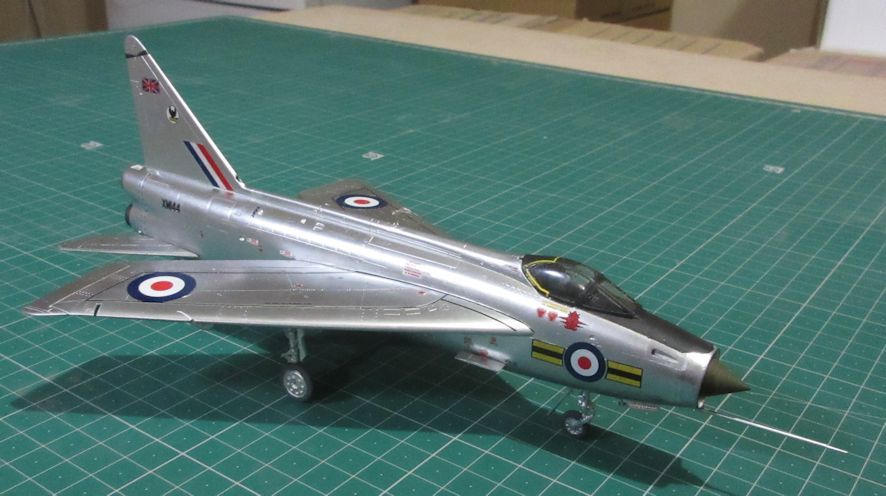
XM144 also spent time at 60 Maintenance Unit where it gave the personnel there experience in dealing with Lightnings.
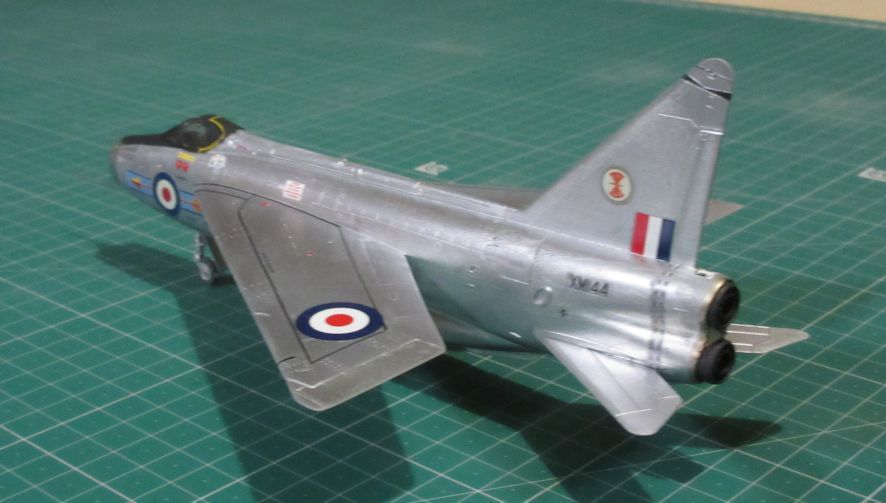
That’s enough for now. There will be a bit of a delay before I can move on to the F.1As, F.2s and F.3s because they are stuck in the garage where I can’t get at them to take photos (a friend is in the process of moving and the garage is currently stuffed full of his stuff).

